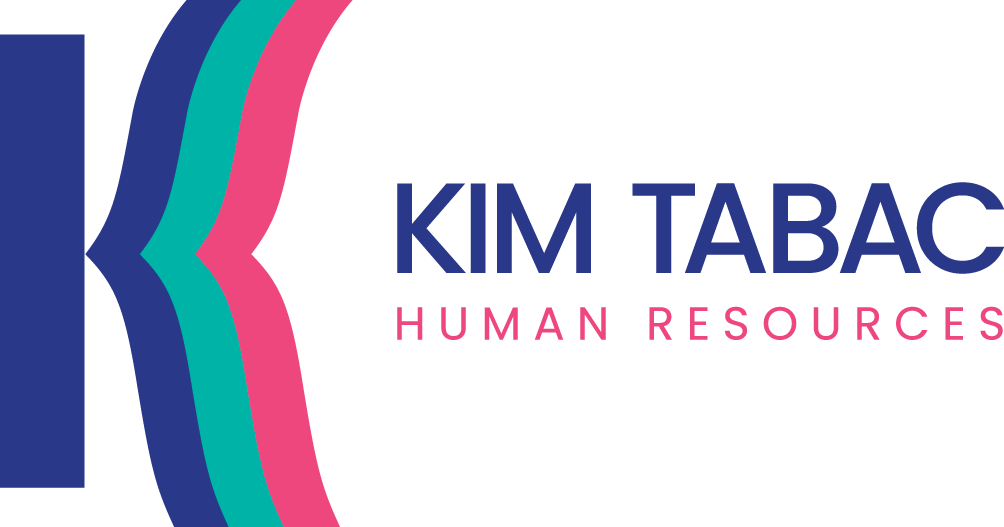Building a truly diverse and inclusive workforce (part 2): It’s about the Employee Experience
By: Kim Tabac | January 2023
In the thick of the global pandemic, companies around the world were recommitting to internal diversity programs and practices to remove unconscious bias in their companies, and to educate their teams about microaggressions and racism on a journey to become “anti-racist” organizations. The first part of this series uncovered ways to diversify the candidate pool in order to enable more diverse recruitment. This article digs deeper into the overall employee experience that is necessary to build and maintain a truly inclusive company culture.
Making your workplace one where all employees can thrive is the real secret to success. Policies, procedures, and hiring practices are all necessary tools to ensure that the foundation for building diverse teams, but workplace culture, workplace norms, employee experiences and benefits and perks are how companies move from being good at hiring diverse teams to becoming the place where all employees feel included and where they can produce their very best work everyday.
Diversity is not the goal. While we know that companies whose employees represent a variety of ethnicities, genders, and cognitive abilities outperform their competitors, having a diverse group of employees on staff is only half the battle. Ensuring that all employees feel comfortable, have the opportunity to be successful in their roles, and feel a sense of connection to the company and to their peers is what inclusion is all about.
Research shows that belonging can lead to a 56% increase in job performance, a 50% reduction in turnover risk, and a 75% decrease in sick days.
Create a culture of belonging
Employee culture is the moral compass of the organization and is defined by the shared values and behaviours of employees. Company culture helps to frame how work gets done, and equally important, defines the behaviours that will not be tolerated. In order for any workplace to be truly inclusive, diversity and belonging need to be represented in every aspect of the employee experience, and any incidence of racism, inequity or bias needs to be swiftly and intentionally eliminated.
Invest in Benefits and Perks that reflect diversity
A great example of how diversity and inclusion are represented throughout the employee experience is in the way that it is represented in the health benefits offering. Health benefits are one of the top five largest expenses at all companies, and are often a missed opportunity to bring the company values to life for employees. The investment in some benefits over others sends a clear message to the organization (and the talent market) about what the company values. Think about the message it sends when a company invests in a generous parental leave policy that is open to all genders, and any definition of family. Aligning benefit offerings to values that are important to your employees helps create a positive environment where everyone feels a deep sense of belonging.
Personalize the employee experience
Companies must also ensure that policies and communication practices amplify their values and act as a strong reflection of the diverse and inclusive culture. Evaluating and updating policies & practices that reflect the needs of all types of employees, from a variety of different backgrounds, personal and professional experiences across all generations in the workforce, is fundamental to creating real inclusion. Seemingly small things, like providing more opportunities to work flexible hours or ensuring that company-wide meetings take place at a time when all offices across varying time zones can participate, go a long way in reinforcing the corporate culture and improve employees’ sense of belonging. There are no “one-size-fits-all” offerings, for every employee who prefers to work collaboratively in a more open floor plan, there are others who need a more quiet environment to achieve peak productivity.
Manage what you measure
As with all key business strategies, diversity and inclusion goals need to be clearly defined and measured. Hiring targets are a common way of defining success in the company’s ability to attract and build a more diverse employee base. More exceptional are companies who measure the success of their diverse employees throughout the employee life-cycle by also defining relative goals for the percentage of diverse employees who are represented in the most senior levels of the organization, the percentage of diverse employees who were promoted, and the percentage of diverse employees with the highest performance ratings, and who received the most salary increases in a given period to name a few.
Audit Employee Programs regularly
Companies who want to ensure that all employees are provided with the opportunity to do their best work and achieve success, audit key People programs regularly against a variety of diversity profiles. Regularly auditing the outcomes from compensation, performance management and promotion processes helps to monitor for bias and inequity that may have unintentionally crept into the processes providing leaders with the opportunity to quickly address and correct as required.
Collaboration through communication
While setting goals, measuring progress, and auditing are necessary to make any meaningful change within the company, full transparency is a key requirement in order to build true accountability. Sharing the outcomes from the audits, and regular progress updates on the key diversity goals with your employees, board of directors, and the public is a powerful way to demonstrate your level of commitment to the ongoing journey of becoming a truly diverse and inclusive organization. Building a mechanism that welcomes ongoing two-way communications with employees and stakeholders is a gift in helping to identify bias, and address concerns as they arise. A commitment to listening and sharing both the challenges and the successes along the journey will be a key differentiator for top candidates, and for potential customers.
Companies who are fully invested in the journey to becoming a diverse organization understand that there must be continuous dedication towards building a bias-free employee experience. No single step will solve these problems outright. When diversity and inclusion become a real and meaningful part of your company culture, your employees will respond. Employees who feel a genuine sense of belonging will champion your DEIB strategy and become your most powerful brand ambassadors.

